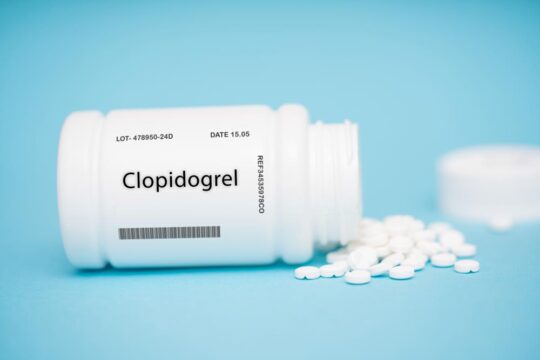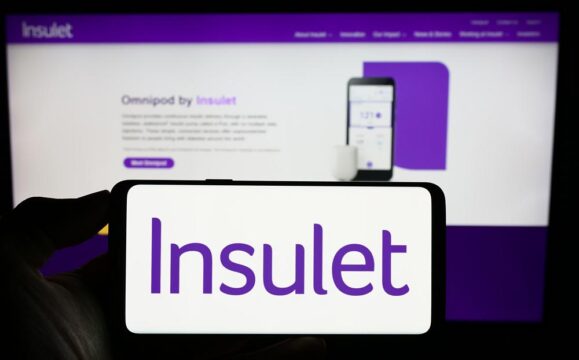Advertisment
Over half of nonsurgical patients in USA are prescribed opioids during hospitalisations

by Bruce Sylvester – A new analysis of over 1 million hospital admissions in US hospitals revealed that over half of all nonsurgical patients were prescribed opioids during their hospitalizations, many at high doses, and over half of opioid-treated patients were receiving such medications when they were discharged.
The study was published on Nov.13, 2013 in The Journal of Hospital Medicine.
“Realizing that inpatient use might provide a portal to outpatient use, we were interested in looking at how opioids were being used in the hospital setting,” said lead author Shoshana Herzig, MD, MPH, a clinician in Beth Israel Deaconess Medical Center Division of General Medicine and Primary Care, and an Instructor in Medicine at Harvard Medical School, both in Boston. “Because patients who are undergoing surgery have a clear indication for and virtually always receive these pain medications, we did not include surgical patients in our study. Instead, we chose to examine only individuals who were admitted to the hospital for nonsurgical reasons.”
The researchers analyzed data from 1.14 million adult nonsurgical inpatients at 286 non-federal acute-care hospitals between July 1, 2009 and June 30, 2010. Subjects included those admitted for acute infections, heart problems, cancer, musculoskeletal injuries, and other diagnoses.
The investigators found that 43 percent of the patients were exposed to multiple opioids during their hospitalization, with the average dose of about 68 milligrams of oral morphine equivalents per day. “That’s a very high dose,” said Herzig.
Notably, the analysis revealed that 23 percent of all patients received a dose equal to or greater than 100 milligrams on at least one day during their hospitalization.
The investigators also found that 26 percent of all these patients received opioids on the day they were discharged from the hospital. “Given that opioids are often tapered off rather than abruptly discontinued, this finding suggests that up to half of these patients were sent home with a prescription for opioid medication,” said Herzig, “Unless physicians are diligent about checking on other opioid prescriptions that a patient may have received in another setting, this means that patients could wind up with multiple opioid prescriptions, thus increasing the likelihood of an inadvertent overdose or other adverse event.”
The authors reported that opioid-treated patients treated at hospitals prescribing them more frequently were at greater risk of serious opioid-related complications than patients receiving opioids at hospitals with more restrictive prescribing. “In other words, hospitals that used these drugs more frequently did so less safely,” Herzig said.
“It’s important that primary care physicians know what medications their patients have been exposed to during hospitalizations. We hope this information will prompt hospitals to take a closer look at their own opioid-prescribing practices. Looking ahead, a better understanding of the predictors of opioid-related adverse events in hospitalized patients might enable institutions to take steps to make these medications safer during hospital use,” added Herzig.





